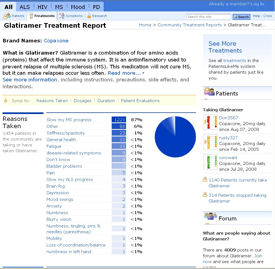Test yourself case study: hepatic mass
Case study:
A 53-year-old man with hepatitis C and cirrhosis comes for a follow-up office visit. He feels fatigued but has no other new signs or symptoms. The patient has a history of alcohol abuse but has been abstinent for 8 months following a treatment program. He now attends weekly Alcoholics Anonymous meetings. Complications of the hepatitis C and cirrhosis have included ascites and encephalopathy, both of which are controlled by medications.
Physical examination discloses mild jaundice, spider angiomata, splenomegaly and mild peripheral edema.
Laboratory studies
| Hemoglobin | 13.3 g/dL (133 g/L) |
| Platelet count 84,000/?L (84 × 109/L) | |
| Serum aspartate aminotransferase | 73 U/L |
| Serum alanine aminotransferase | 64 U/L |
| Serum alkaline phosphatase | 119 U/L |
| Serum total bilirubin | 3.2 mg/dL (54.72 ?mol/L) |
| Serum albumin | 3.6 g/dL (36 g/L) |
| INR | 1.4 |
| Serum α-fetoprotein | Normal |
Abdominal ultrasonography discloses a coarse echotexture of the liver, mild ascites, and a 2.2-cm hyperechoic hepatic mass that was not seen on previous imaging studies. A CT scan of the liver shows vascular enhancement of the mass.
Which of the following is the most likely diagnosis?
A. Metastatic cancer
B. Focal nodular hyperplasia
C. Hepatocellular carcinoma
D. Cavernous hemangioma
E. Regenerative nodule
The correct answer is C. Hepatocellular carcinoma. The complete MKSAP syllabus and critique on this topic is available to subscribers as item 4 in the Gastroenterology & Hepatology module.





